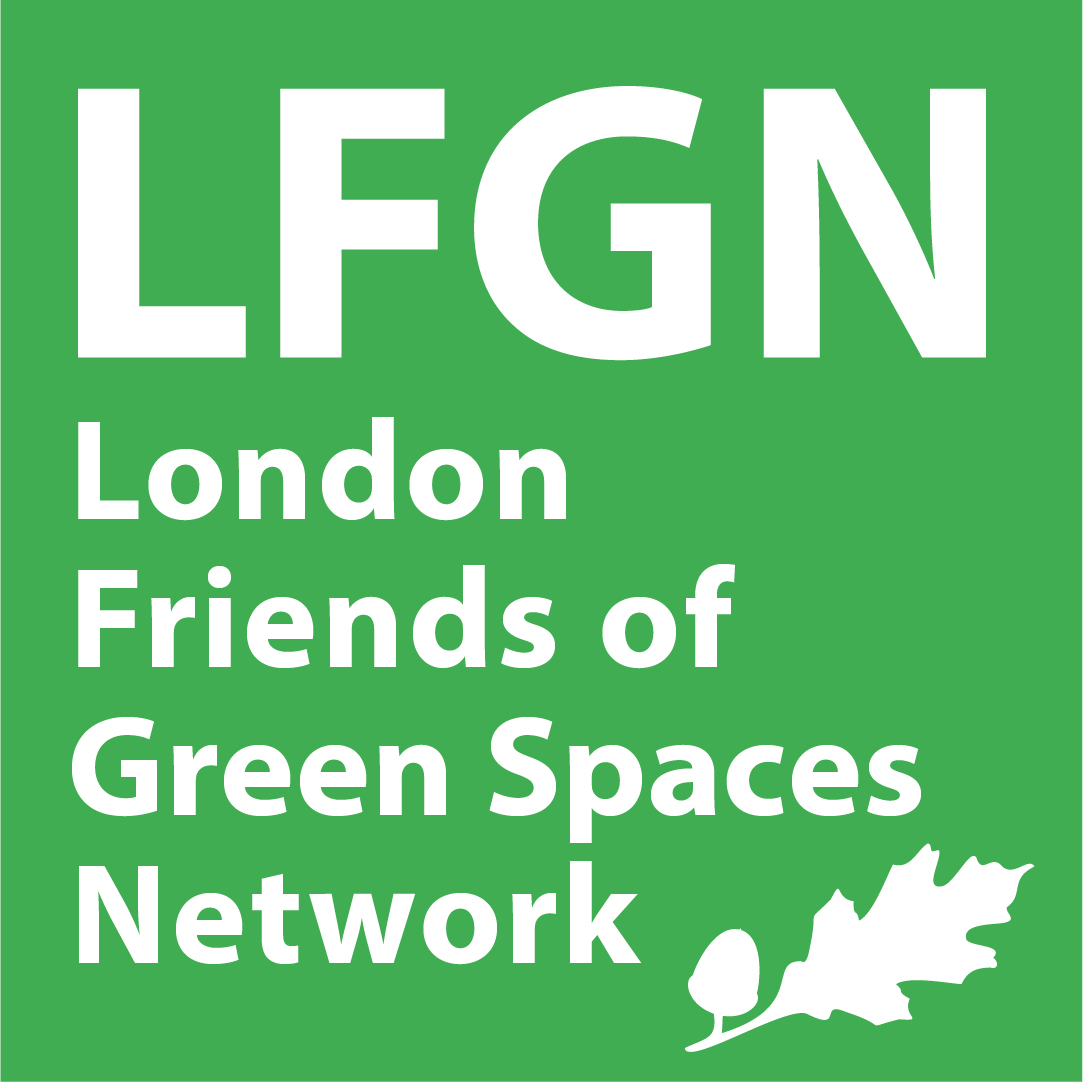This page is a potted guide to some of thing the author has learnt about the planning system when opposing green space / heritage area developments.
There is a list of applicable planning designations under the text, you may wish to skip to this.
As usual, it is much better to apply for these designations before your green-space is under threat.
The List:
These are various planning designations that you can apply for, for your green space. In theory, these offer various levels of protection and recognition of the value of the land (see some below). Some councils dedicate their green space to be fields in trust, which is considered best practise. Others will not award any land any designation that could hinder it’s disposal (ie selling) at a later date.
Planning:
The Government lays down the structure for planning; there is normally a ‘regional’ level of planning, and a more local level where planning applications go to your council. At the council, most applications go to a ‘Development and Control’ committee, or if they are contentious, the full council meeting. At that meeting, council officials will have prepared a brief for the councillors, advising them whether to approve or reject the proposal.
If the proposal is rejected by your council, then you are not out of the woods. The developer is likely to appeal it. Then a planning Inspector will make the decision, and this part of the process is not democratically accountable. In the author’s locality the vast majority of appeals are won by the developer (due to the council not meeting it’s housing target). This decision can be Judicially Reviewed, but that’s about £60K in 2018 (and the friends group would have to fund that).
Planning Framework
Here in London, the Mayor of London has regional control for planning; and then the 32 Boroughs implement those policies.
Our regional planning document, the London Plan, is being updated.
When looking at how to oppose the development of a green space, then you should check it’s status in the Local Plan, or the Area Action Plan. You can then see if it has any protective designation (Urban Open Space for instance) and if the Local Plan has policies that can be quoted to successfully object to it being built on.
Unfortunately, you can sometimes find at this stage (inspecting the Local Plan / AAP, that your green space been earmarked for a school (or similar). Schools are ‘for the greater good’, so when you object to the development, you need to also demonstrate that the proposed school is not based/wanted by the local community; that there’s too much traffic on your narrow roads already for all the extra cars (the planner’s won’t know that primary school children don’t arrive on the bus); or that there isn’t actually a shortfall yet because the projections are wrong and families move somewhere with cheaper houses when their children get to school age. It may be possible to point to the regional plan policies, if it was written afterwards, to suggest overruling the Local Plan, it’s worth a check. When objecting, you need to aim your comments at a future Inquiry Inspector as well as your democratically accountable councillors.

